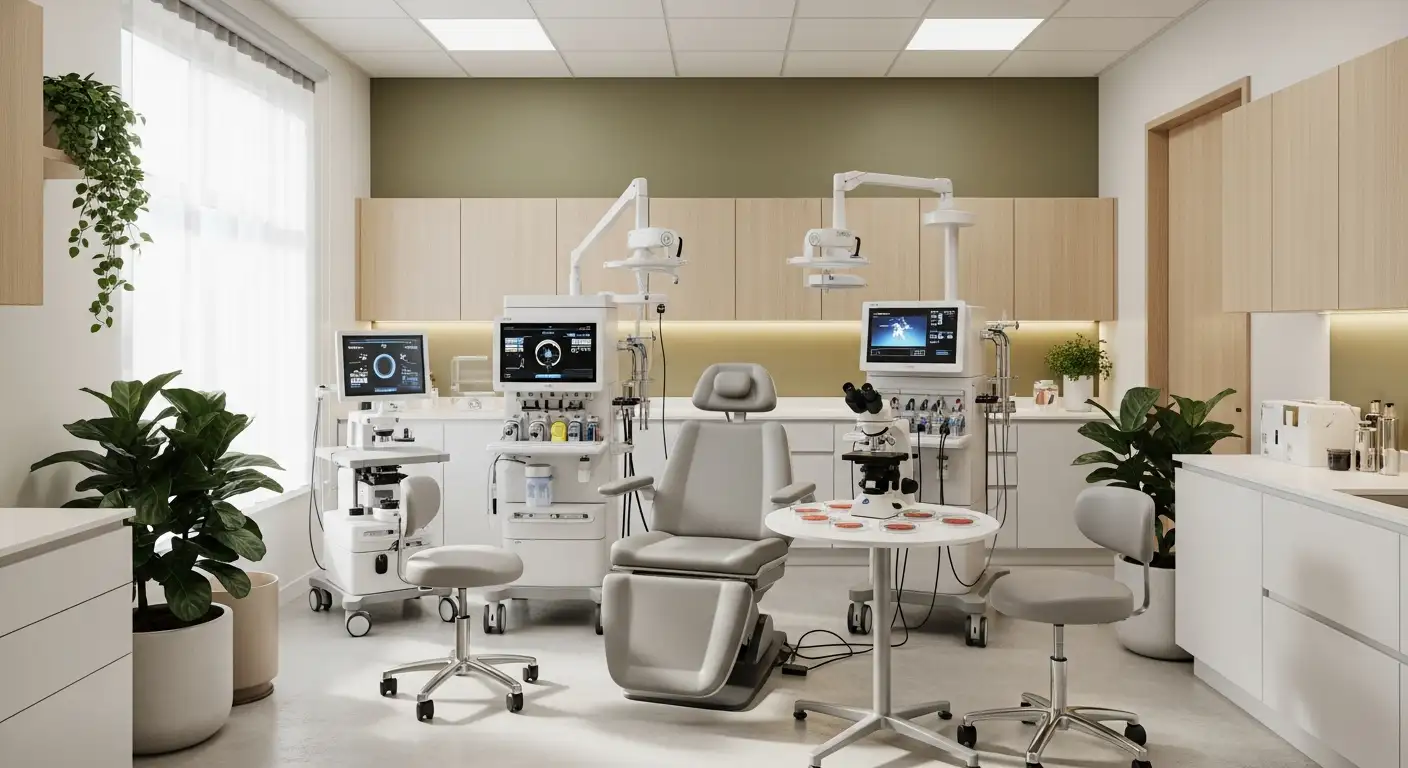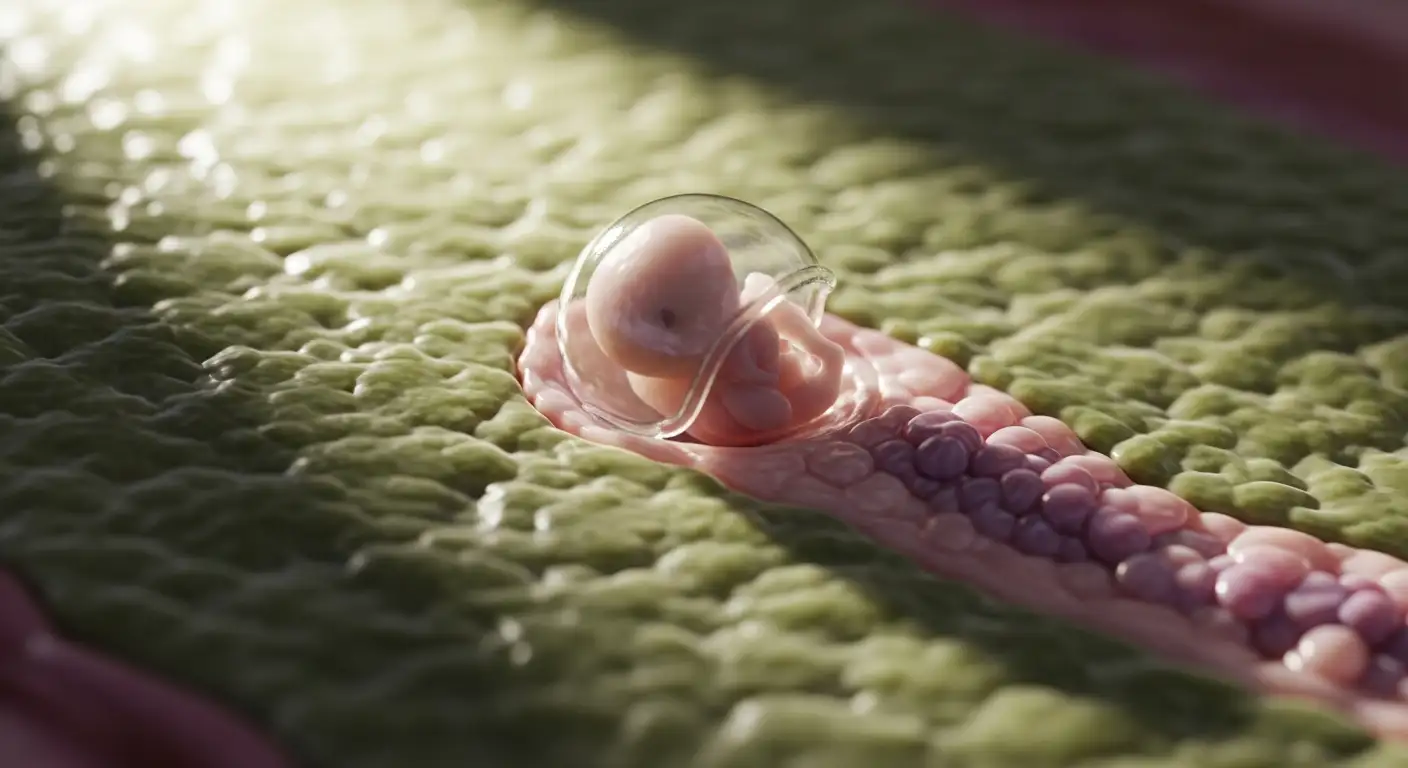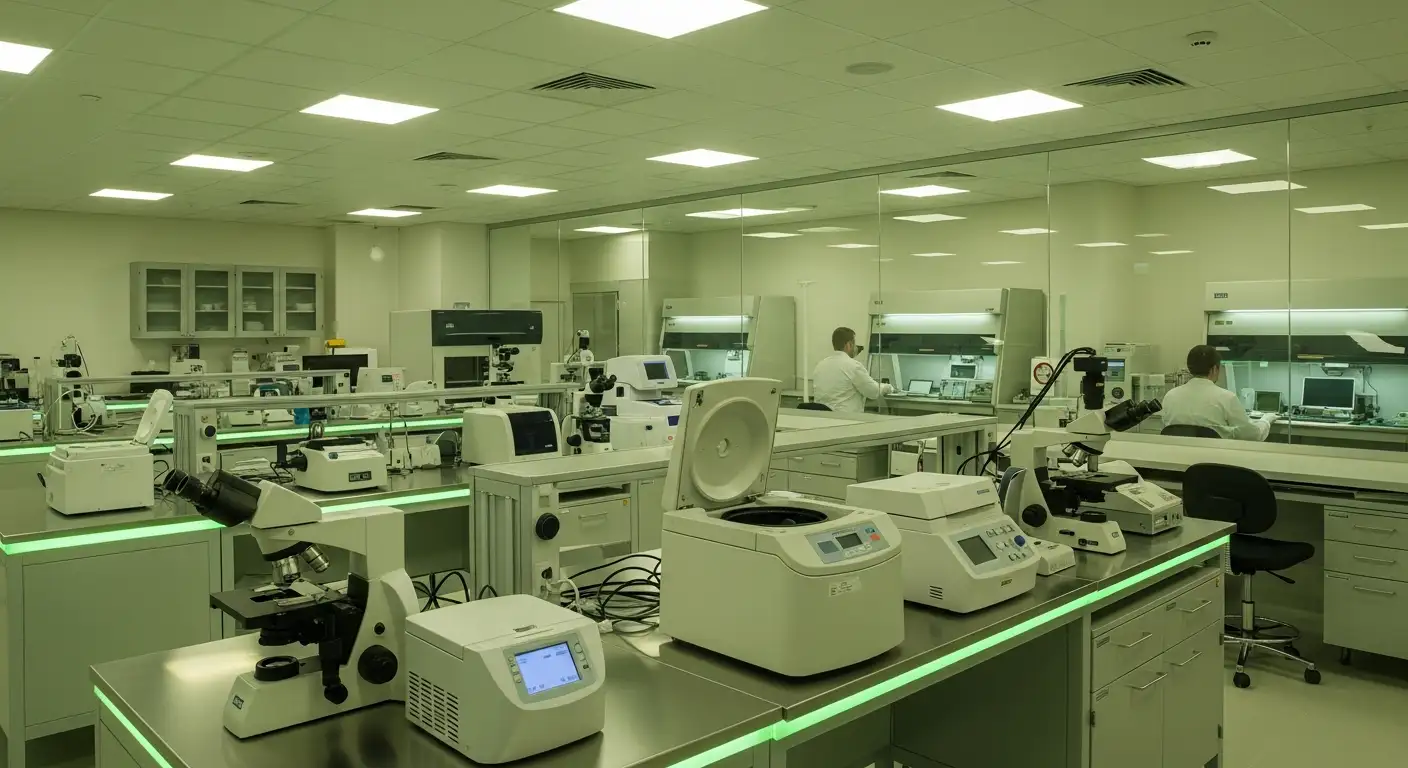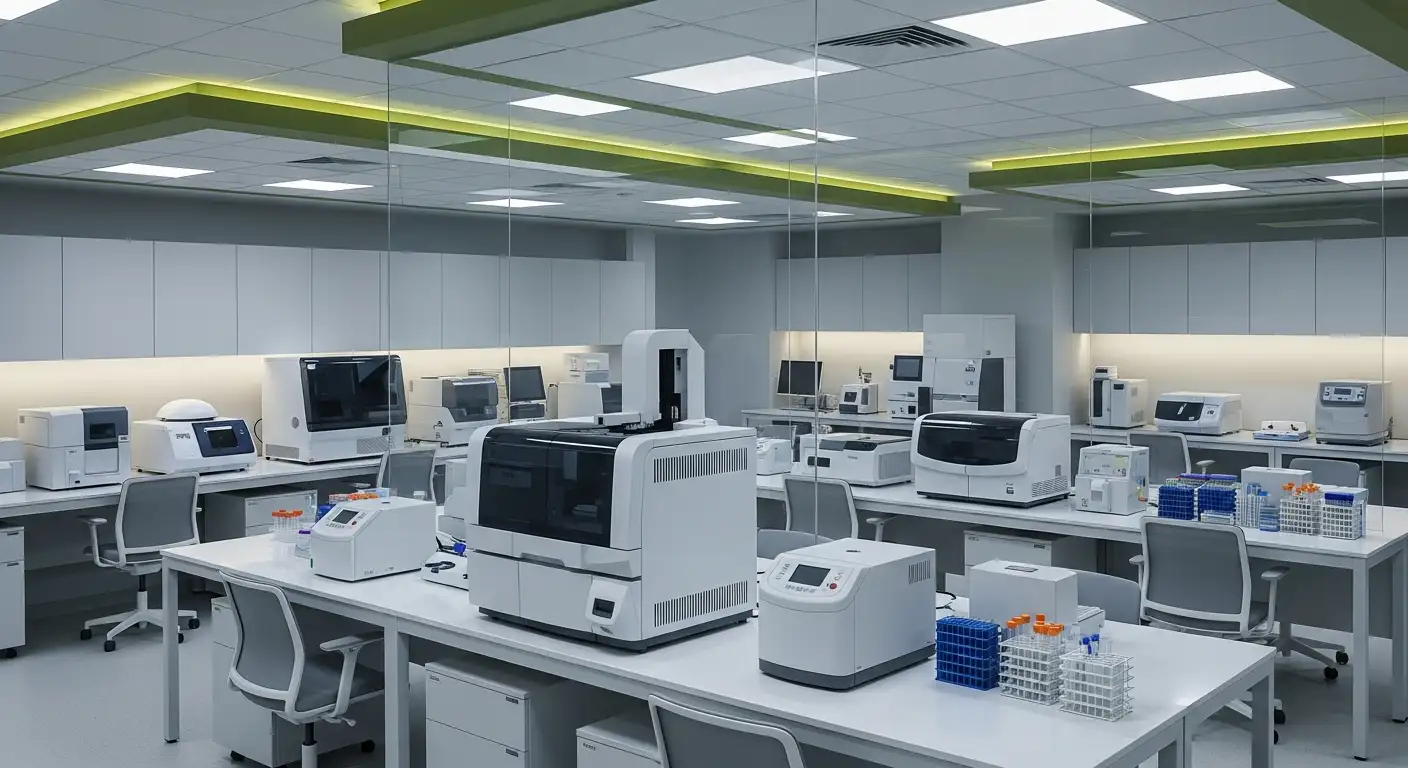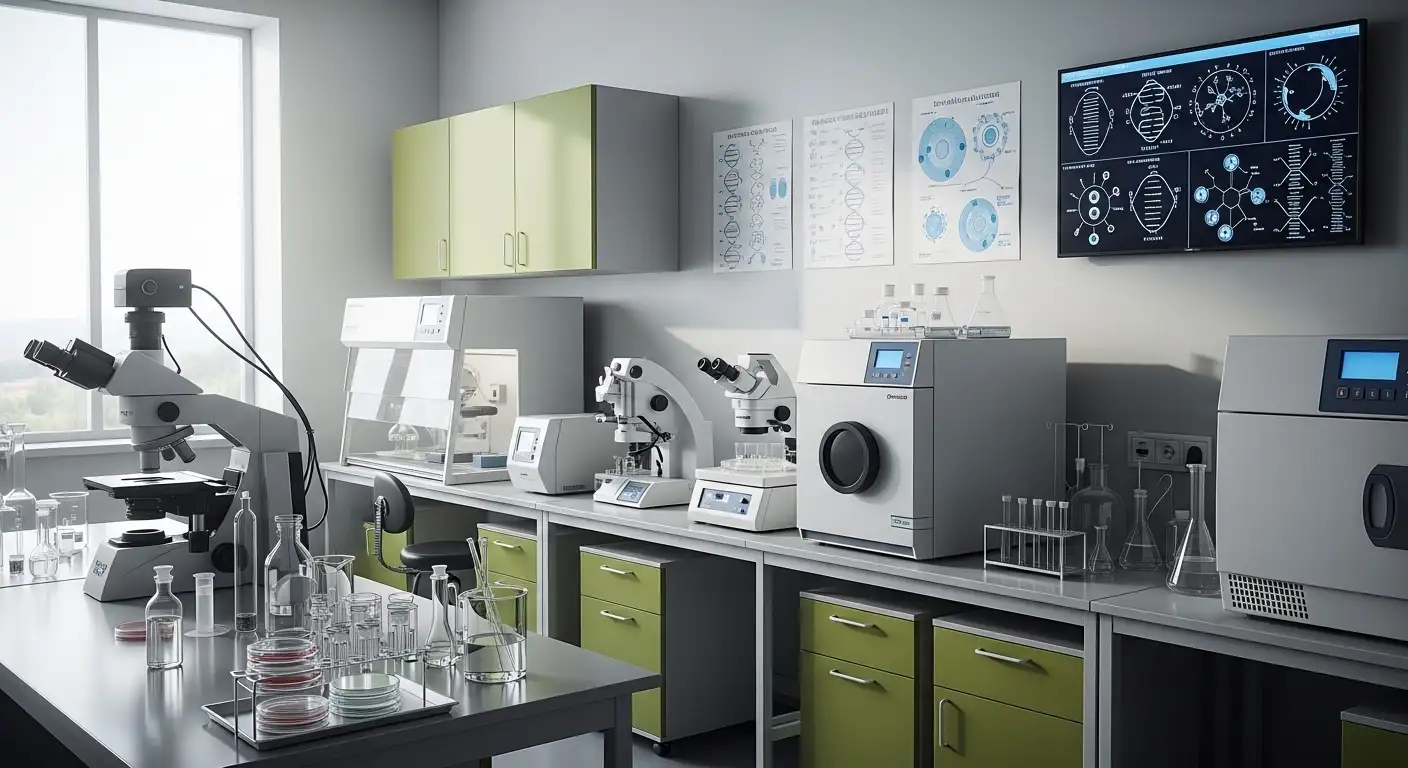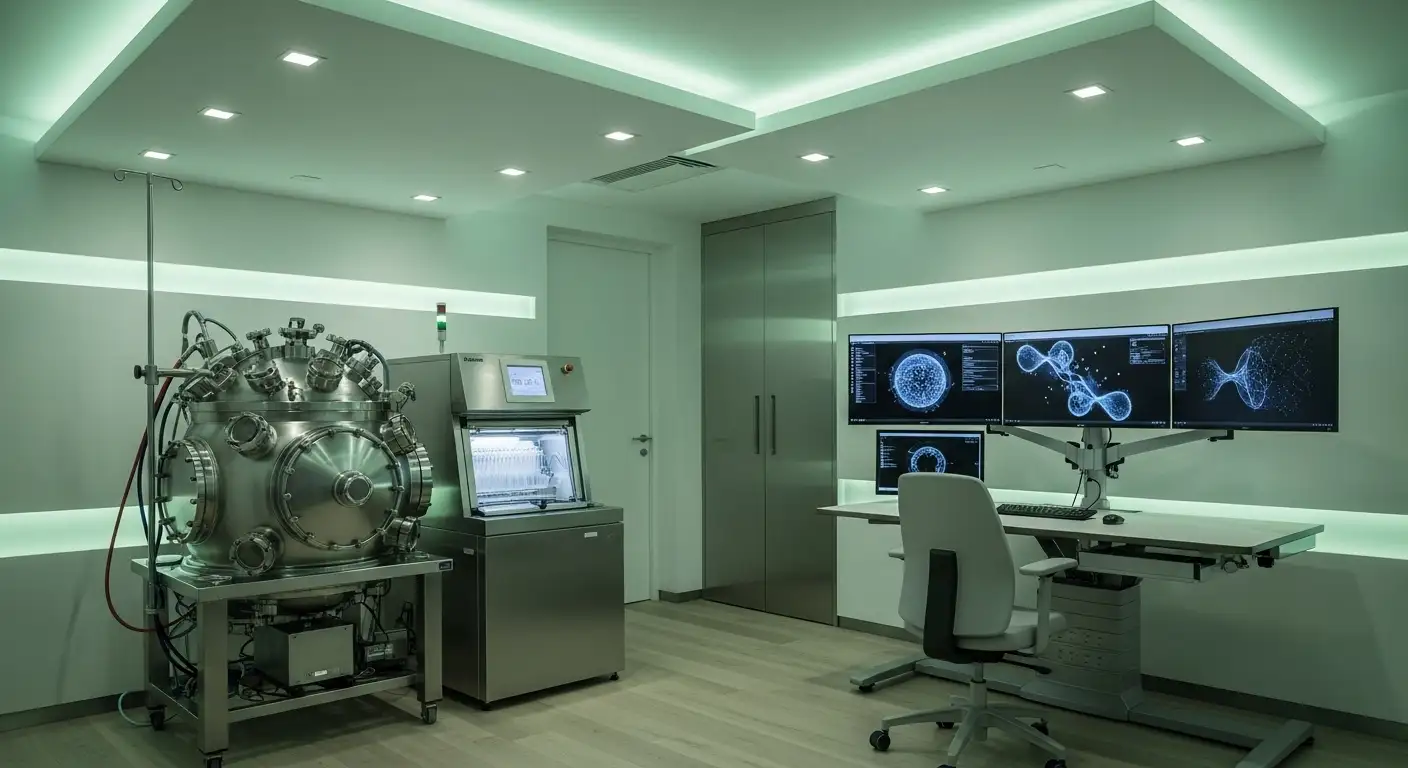Best practices for storing frozen embryos long-term
Unlocking the Secrets to Safe and Effective Long-Term Embryo Storage
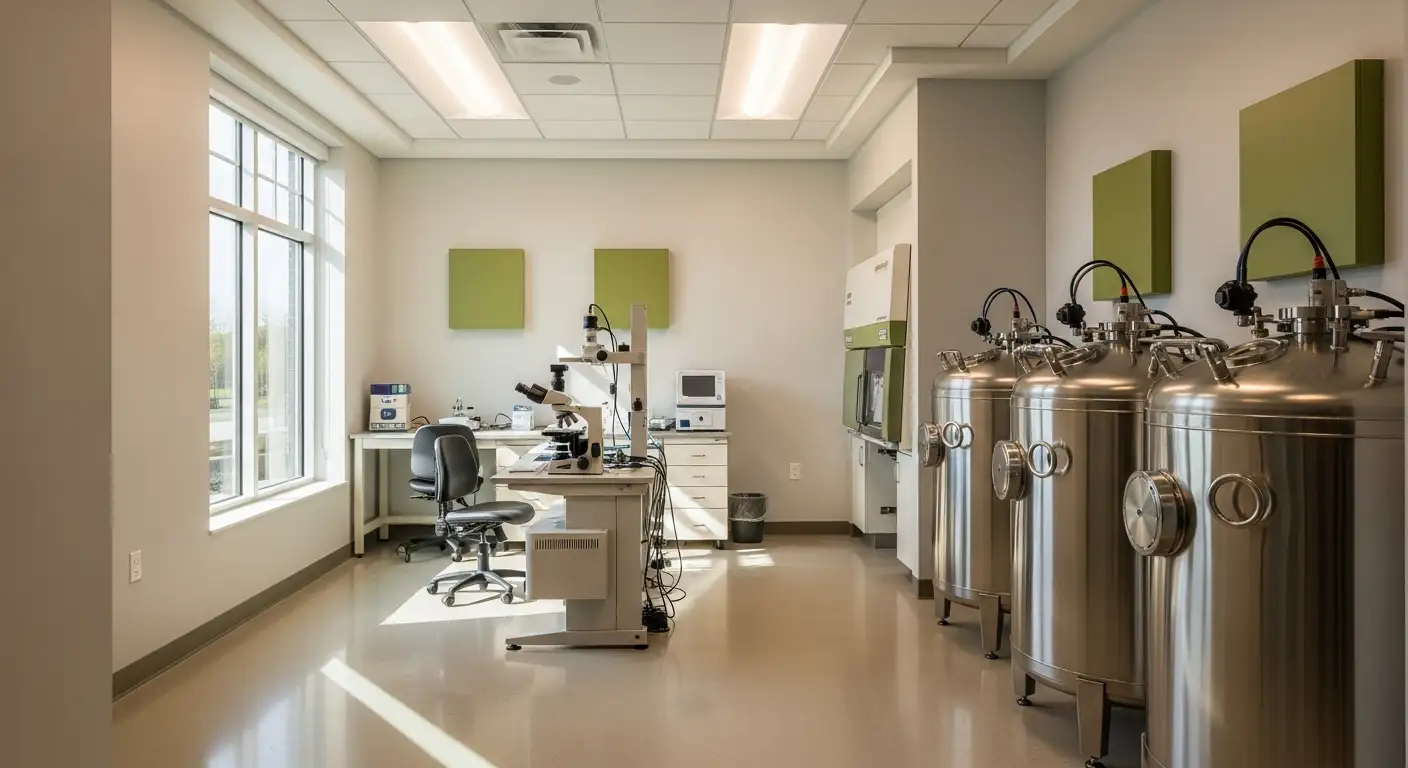
The Promise and Importance of Embryo Cryopreservation
Embryo freezing, a key pillar of assisted reproductive technology, offers individuals and couples the opportunity to preserve fertility and build families on their own timeline. Since the first successful embryo freezing in the late 1980s, cryopreservation techniques have evolved dramatically, making long-term storage a reliable and scientifically sophisticated practice. This article explores best practices for storing frozen embryos long-term, highlighting the technical, medical, ethical, and legal dimensions essential for maximizing success and meeting patient needs.
Understanding Embryo Cryopreservation and Its Role in Fertility Treatment

Basic process of embryo freezing
Embryo cryopreservation is a technique used to freeze and store fertilized eggs (embryos) for future use in fertility treatments. The process begins with egg retrieval from the ovaries, which are then fertilized typically via in vitro fertilization (IVF). The resulting embryos are cultured for several days, commonly until the cleavage or blastocyst stage, before being frozen. The preferred freezing method today is vitrification, a rapid cooling technique that replaces water in the embryo cells with a cryoprotectant fluid to prevent ice crystal formation, thus protecting cellular integrity.
Use of embryos in fertility treatments
Frozen embryos are thawed later for embryo transfer, a key step in assisted reproductive technologies. Frozen embryo transfer (FET) involves preparing the uterus with hormones such as estrogen and progesterone to create an optimal environment before transferring the thawed embryo. This procedure has become widespread due to its convenience and high success rates, comparable or even superior to those seen with fresh embryos. Patients often opt for cryopreservation to preserve surplus embryos from IVF cycles for potential future pregnancies or to accommodate preimplantation genetic testing, which requires time for analysis before transfer.
Advantages of frozen embryos over fresh
Frozen embryos offer several advantages. They allow individuals or couples to postpone pregnancy without losing genetic potential because embryos do not age while frozen. This is especially beneficial for patients undergoing fertility preservation before cancer treatments or those wanting family building flexibility. Additionally, embryo freezing enables lower hormone stimulation in subsequent cycles, often resulting in a less physically taxing treatment compared to fresh transfers. Studies also report fewer adverse birth outcomes like preterm birth and low birth weight with frozen embryo transfers. Survival rates of thawed embryos exceed 95%, demonstrating the reliability of current vitrification techniques.
Stages at which embryos can be frozen
Embryos can be cryopreserved at various developmental milestones. Common stages include the early cleavage phase (one to eight-cell stage) and the blastocyst stage, where the embryo has developed a fluid-filled cavity and distinct cell layers. Choice of stage depends on clinical considerations, laboratory protocols, and the patient’s individual treatment plan. Effective vitrification at any of these stages has enabled high post-thaw survival and successful pregnancies.
Fertility treatment context
Embryo cryopreservation is an integral part of assisted reproduction, complementing other treatments like ovulation induction, intrauterine insemination (IUI), and surgical interventions for fertility challenges. It expands reproductive options by managing surplus embryos, enabling fertility preservation, and improving treatment timing. Embryo freezing serves as a cornerstone technology, backed by rigorous quality controls and advances in cryopreservation protocols, ultimately enhancing the chances of conception and live birth.
The Science Behind Vitrification: Ensuring Embryo Viability During Freezing

What is vitrification and why is it preferred for freezing embryos?
Vitrification is a rapid freezing technique that has become the primary method for embryo cryopreservation. Unlike slower traditional freezing methods, vitrification involves flash-freezing embryos at extremely high cooling rates (exceeding -2,500°C/min) directly into liquid nitrogen at -196°C. This rapid cooling transforms the cells into an amorphous, glass-like state, effectively eliminating ice crystal formation.
How do cryoprotectants prevent ice crystal damage during vitrification?
Before rapid cooling, embryos are briefly exposed to high concentrations of cryoprotectants which replace water inside the cells. These protectant fluids prevent the formation of damaging ice crystals that can rupture cell membranes. Common cryoprotectants include DMSO-based and non-DMSO solutions, both proven effective for mammalian oocytes and embryos.
What roles do operator skill and quality control play in vitrification?
Successful vitrification heavily depends on the expertise of the embryologist and stringent quality control measures. Skilled operators follow validated protocols and utilize reliable cryopreservation devices, such as Cryotop or Cryolock systems, to ensure consistency. Quality indicators like survival rates after thawing, fertilization rates, implantation success, and live birth outcomes are carefully monitored to maintain high standards.
How does vitrification impact embryo storage and future pregnancy?
Frozen embryos vitrified through this method maintain their biological age indefinitely with proper storage. Over 95% of embryos survive thawing with fertilization and pregnancy rates similar or sometimes higher than fresh embryos. The robust vitrification process thus offers an effective and reliable means to preserve fertility, assisting patients in family planning and fertility preservation before treatments like IVF or cancer therapy.
Recent advancements in reproductive treatments related to vitrification
Recent technological innovations include improved embryo culture systems, non-invasive genetic testing paired with vitrification, and AI-assisted incubators that optimize lab conditions. These advances contribute to increased embryo viability during freezing and thawing, making fertility treatments safer, more efficient, and more accessible than ever before.
Long-Term Storage Facilities and Protocols: Maintaining Embryo Integrity Over Decades

Storage Conditions and Temperatures
Embryos are preserved using vitrification, a rapid freezing process that brings cells to a glass-like, ice crystal-free state. Once vitrified, embryos are stored in liquid nitrogen at an extremely low temperature of -196°C, which halts all biological activity and preserves them in stasis.
Monitoring and Facility Security
Storage facilities are specialized environments with 24-hour monitoring systems to maintain stable temperatures and detect any anomalies. These cryotanks are housed in secured reproductive centers or hospitals with strict quality controls to protect the integrity of frozen embryos over long periods.
Duration of Safe Storage and Legal Limits
Frozen embryos can be safely stored for over 10 years without negatively affecting survival or pregnancy outcomes. Legal storage durations vary globally — for instance, embryos stored before July 2022 could be kept up to 10 years, but new regulations in some regions permit storage for up to 55 years, provided protocols are followed.
Consent Renewal and Storage Management Policies
Maintaining lawful long-term storage requires periodic renewal of patient consent, typically every 10 years. Failure to renew consent can result in embryos being removed and disposed of according to ethical and legal guidelines. Patients retain the right to withdraw consent at any time before use. Clinics follow robust management policies to handle consent, storage fees, and decisions on embryo disposition, ensuring compliance and respect for patient choices.
Ethical, Legal, and Logistical Challenges in Managing Frozen Embryos
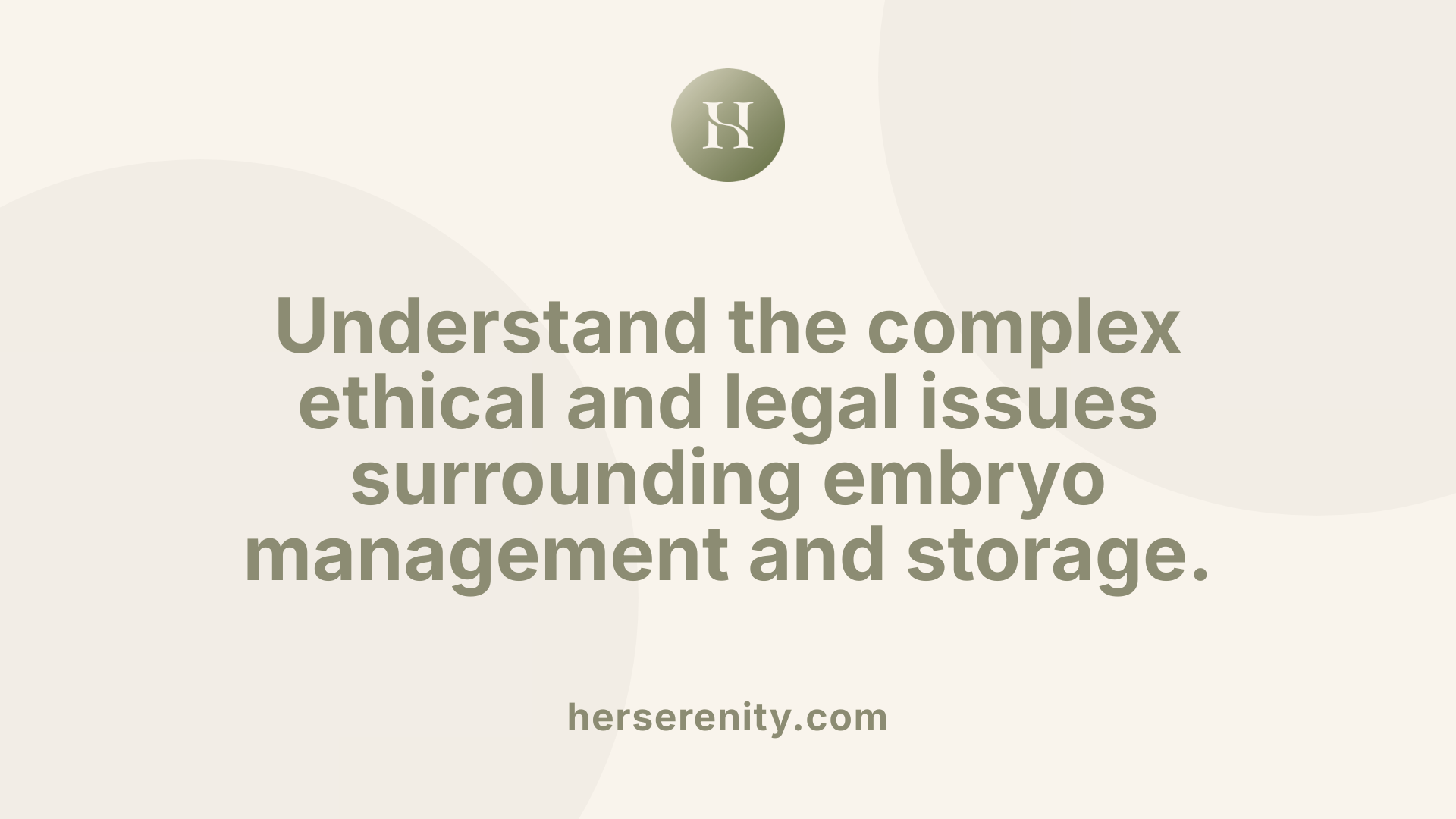
Abandoned Embryos and Storage Capacity Issues
With the rising number of embryos frozen worldwide, managing these biological materials presents significant challenges. For example, Spain currently has over 600,000 cryopreserved embryos, with about 60,000 considered abandoned. Similarly, the UK stores around 100,000 embryos annually, facing issues related to storage space and capacity. The United States estimates between 400,000 and 1.4 million frozen embryos stored, many of which remain unused.
Consent, Donation, and Disposal Options
Patients retain control over their frozen embryos and can change decisions about their use at any time. Options include donation to other couples, scientific research, training, disposal, or indefinite storage. Consent renewal is essential for lawful storage, especially under updated laws allowing storage up to 55 years. Failure to renew consent typically leads to removal and disposal of embryos. Withdrawal of consent can be made anytime before use, reflecting patient autonomy.
International Legal Variations in Storage Duration
Different countries enforce varying legal limits for embryo storage. Australia limits storage to 5 years, whereas the USA allows indefinite storage given renewed consent. New UK regulations authorize storage up to 55 years, provided that consent is renewed every 10 years. These legal differences complicate the international management of frozen embryos and storage policies.
Ethical Considerations and Policy Needs
The proliferation of abandoned or surplus embryos raises ethical and logistical questions. Clinics and storage facilities must navigate the dilemmas of embryo abandonment, with unclear long-term responsibility. The ongoing accumulation of frozen embryos underlines the urgent need for clear policies and ethical guidelines to address storage duration, consent protocols, disposal procedures, and donation options. Balancing patient rights, scientific research, and institutional capacities remains a complex challenge in reproductive medicine.
Frozen Embryo Transfer: Procedures and Success Rates Compared to Fresh Embryos
How Is the Uterus Prepared for Frozen Embryo Transfer?
Frozen embryo transfer (FET) involves preparing the uterus through hormone treatments. Estrogen and progesterone are administered to thicken the uterine lining, creating an optimal environment for embryo implantation. This preparation mimics the natural cycle but is often considered less physically demanding and requires less medication than fresh IVF cycles.
What Are the Thawing Survival Rates?
Embryos are frozen using vitrification, a rapid flash-freezing technique that prevents ice crystal formation and cell damage. This advanced method results in over 95% of frozen embryos surviving the thawing process. The high survival rate ensures that most embryos remain viable for transfer after freezing.
How Do Pregnancy and Live Birth Outcomes From Frozen Embryos Compare to Fresh Embryos?
Pregnancy rates following FET are similar to, or sometimes higher than, those from fresh embryo transfer. Studies indicate that frozen embryo transfers may be associated with lower risks of adverse outcomes such as preterm birth and low birth weight. Live birth rates and implantation success indicators are comparable, reflecting the effectiveness of vitrification and meticulous uterine preparation.
What Are the Advantages and Risks, Including Multiple Pregnancies?
Advantages of frozen embryo transfer include flexibility in family planning, fertility preservation, and better control over embryo selection. It also reduces the need for immediate embryo transfer, allowing time for preimplantation genetic testing.
The main risks involve possible embryo damage during freezing or thawing, although this is rare due to improved vitrification techniques. Multiple pregnancies can occur if more than one embryo is transferred, increasing risks during pregnancy. However, single embryo transfer strategies have been effective in minimizing this risk while maintaining high success rates.
Patient Considerations: Age, Lifestyle, and Fertility Preservation Choices
How does maternal and paternal age impact embryo quality and fertility?
Maternal age greatly influences egg quality and fertility, with a marked decline starting from age 35. This decline results in fewer viable eggs and increased chromosomal abnormalities, reducing the chances of successful fertilization and healthy embryo development. Similarly, paternal age beyond 35 can affect sperm quality, decreasing motility and increasing the risk of genetic mutations. Embryo cryopreservation offers an option to preserve fertility by freezing embryos at a younger age, maintaining embryo quality for future use.
What lifestyle factors affect reproductive success?
A healthy lifestyle can significantly improve reproductive outcomes for both men and women. Proper nutrition rich in antioxidants supports sperm and egg health, while maintaining a healthy weight is crucial since obesity or being underweight can disrupt hormonal balance. Avoiding smoking, excessive alcohol, recreational drugs, and reducing stress help protect reproductive cells from damage. Environmental exposures to toxins also negatively affect fertility, so minimizing contact with harmful substances is advised.
Why consider fertility preservation before cancer treatment or delaying parenthood?
Cancer treatments like chemotherapy and radiation often impair fertility. Freezing embryos beforehand preserves reproductive potential for patients facing these therapies. Additionally, individuals postponing parenthood for career or personal reasons can benefit from freezing embryos or eggs earlier in life to offset age-related declines. Embryo freezing maintains the biological age of the reproductive material, enabling pregnancy attempts with younger, healthier embryos later.
What decisions do patients face regarding surplus embryos?
Extra embryos resulting from IVF cycles present choices: patients may elect to freeze them for future attempts at pregnancy, donate them to others, contribute to scientific research, or opt for disposal. Legal and ethical frameworks vary by country, and storage duration limits require patients to renew consent periodically, especially in places allowing storage up to 55 years. Clinics must manage abandoned frozen embryos responsibly while supporting patients’ informed decisions.
Quality Control and Training: Pillars of Successful Embryo Cryopreservation
Importance of operator skill and consistent protocols
Successful embryo cryopreservation relies heavily on the expertise of trained operators. The delicate procedures demand strict adherence to validated protocols to ensure embryo survival during vitrification and thawing. Operator skill directly impacts outcomes such as fertilization rates and embryo development.
Types of cryopreservation devices and their effectiveness
Cryopreservation utilizes various devices, notably open systems like Cryotop and Cryolock. Although open systems are preferred for faster cooling rates, studies show no significant difference in survival and pregnancy rates when compared to closed systems. Choosing the right device complements skilled handling and protocol consistency.
Monitoring key performance indicators
Facilities must rigorously monitor indicators like embryo survival post-thaw, fertilization success, implantation rates, and live births. These metrics help optimize techniques and quickly address any procedural inconsistencies, ensuring high-quality care.
Ensuring high survival and pregnancy rates
By combining operator training, quality controls, and validated cryopreservation methods such as vitrification, fertility centers consistently achieve embryo survival rates above 95% and pregnancy rates comparable to fresh transfers. This underscores the critical role comprehensive quality assurance plays in patient success.
Ensuring Excellence in Long-Term Embryo Storage
Long-term storage of frozen embryos stands as a cornerstone enabling modern fertility treatments, empowering people to preserve reproductive potential with confidence. Achieving high survival and pregnancy rates depends on advanced vitrification techniques, rigorous quality control, and secure, monitored storage facilities coupled with clear ethical and legal policies. Navigating patient needs, technological innovations, and complex regulations requires continued dedication and expertise to make fertility preservation a viable option for everyone facing reproductive challenges or planning future parenthood.
References
- Freezing Embryos
- A review of best practices of rapid-cooling vitrification for ...
- Embryo Freezing (Cryopreservation): Purpose & Results
- In vitro fertilization and the ethics of frozen embryos - PMC
- Embryo Freezing | UCRM
- Embryo freezing
- Long-Term Storage of Frozen Reproductive Material
- Assisted Reproductive Technology (ART)
- ART Success Rates
- Infertility Treatments: Advances in Assisted Reproductive ...
